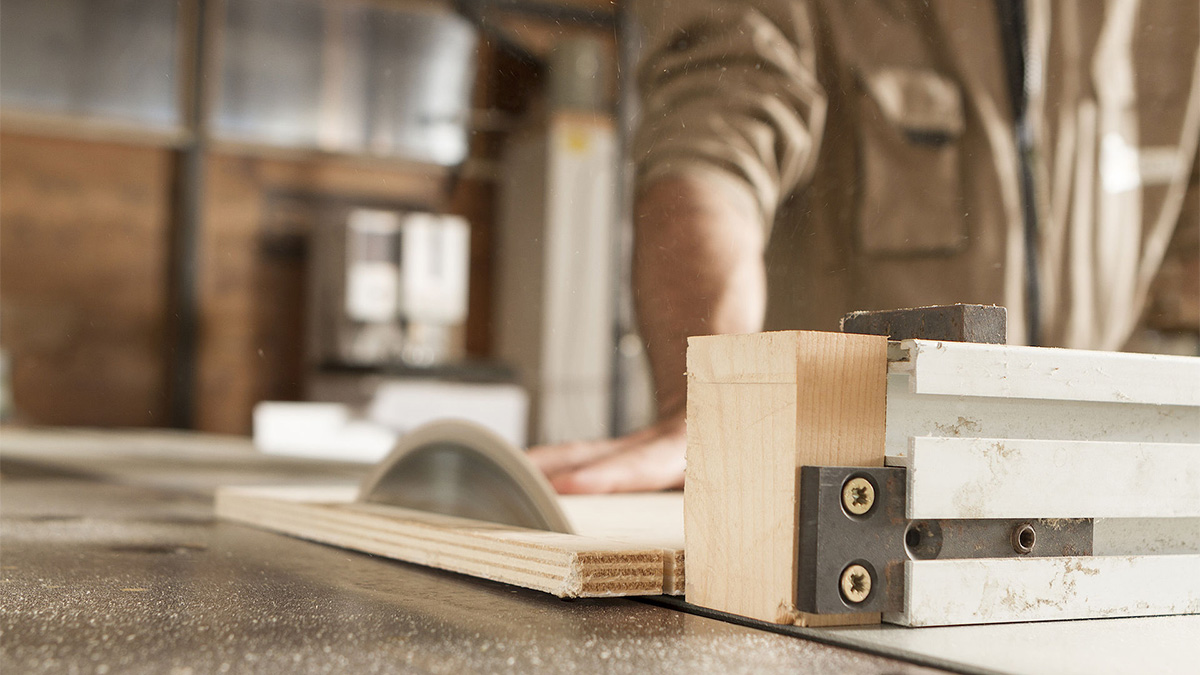A woodworking sander is a tool or machine that uses an abrasive cloth or paper to make the surface of a wooden workpiece smooth.
What Is a Sander?
Sanding and polishing are processes which use abrasive cloth, grinding wheels, sandpaper, scouring pads, or non-woven polishing wheels to physically remove material from the surface of objects that have uneven thickness and to make them smoother. A sander is used in the production of various veneers, structural parts, toys and handicrafts, decorations, furniture, floor and wall panels, building materials, etc.
There are a wide range of industries that use sanding equipment to perform a wide variety of sanding operations. In industry, belt sanders, grinders, and polishing machines often use automatic feeding systems to perform operations.
What Types of Sanders are There?
-
Disc sanding:
Disc sanding, also called wheel sanding, uses a special-shaped disk pad which is rotated on the end of a shaft. It is easy to maneuver over applications and has good heat dissipation, but the abrasive surface gets plugged easily, and the sanding efficiency is low.
Types of disc sanders include electric sanders, pneumatic sanders, electric hand sanding wheels, pneumatic hand sanding wheels, table sanders, etc. These small sanding and polishing instruments are widely used in all walks of life because of their small size, easy portability, and easy operation, but their efficiency is low.
-
Belt sanding:
Belt sanding, has the advantages of good heat dissipation and high sanding efficiency. It is widely used and suitable for applications where the sanding plane of objects is relatively regular and flat. It is not suitable for the sanding of special-shaped objects.
Manually operated belt sanders include vertical belt sanders, horizontal belt sanders, oscillating belt sanders, portable belt sanders, press belt sanders etc. These devices are relatively simple to operate, but they do not have automatic feeding systems and cannot be connected to automatic production lines. Because they require manual operation, they are labor-intensive and have low-efficiency, but they are low-cost, so are the most widely used method for sanding.
Sanders with automatic feed systems can provide high production efficiency and are often used in automated assembly lines, but their cost is high as well. These include heavy-duty woodworking sanders, overhead woodworking sanders, primer sanders, stone sanders, steel plate sanders, glass sanders, and more. These sanders often have a combination of multi-grinding heads to allow flexible processing and a high degree of automation.
What Is the Difference Between a Grinder, Polisher, and Sander?
- A grinder is a power tool that is generally used for grinding unwanted material from the surface metal objects.
- Polishers, are used to provide a smooth surface on either wood or metal.
- Sanding machines generally used for the sanding of wood products.
Usage of Grinders, Polishers, and Sanders:
-
Grinder:
The key objective of grinding is to try to get the most efficient removal of unwanted material from the surface of a workpiece and provide a smooth even surface on the workpiece. It uses a relatively coarse abrasive material to ensure a faster material removal rate, but this will leave some damage to the surface which will need to be removed by further polishing with a finer grinding material.
-
Polishing machine:
Polishing machines are used for final micro grinding to provide a smooth surface on wood, furniture, flat boards, furniture metal handles, metal hardware materials and products, aluminum products, stainless steel products and utensils, copper products, plumbing and bathroom equipment, locks, lighting products, signs and nameplates, knives and scissors, auto and bicycle parts, buttons, belt buckles, and workpieces in the watch industry. During polishing, the removal of material from a surface is lower than with grinding.
-
Sanding machine:
Sanding machines are mainly used in the woodworking and board processing industries, floor and wall panel processing industry, bamboo and wood handicraft processing industry, and bamboo and wood toy processing industries. Specially developed automatic sanding equipment provides simple operation, a high degree of automation, high production efficiency, mature and stable technology, and complete supporting facilities. They are often used in automatic production lines to form various automatic production operations.







.png)






